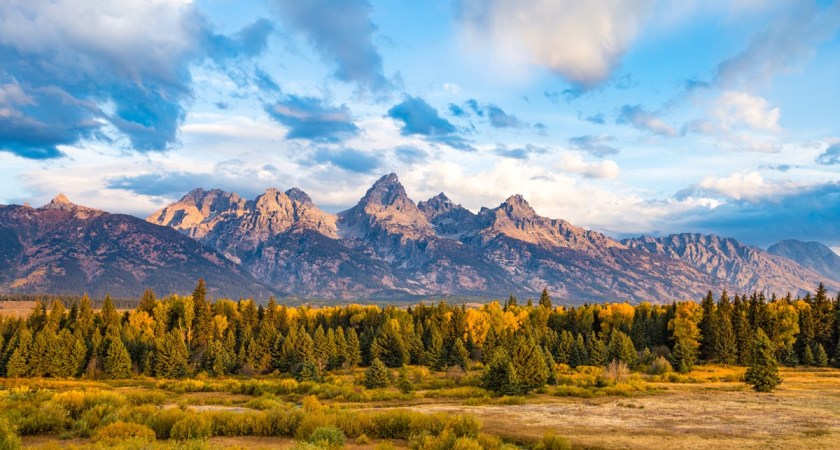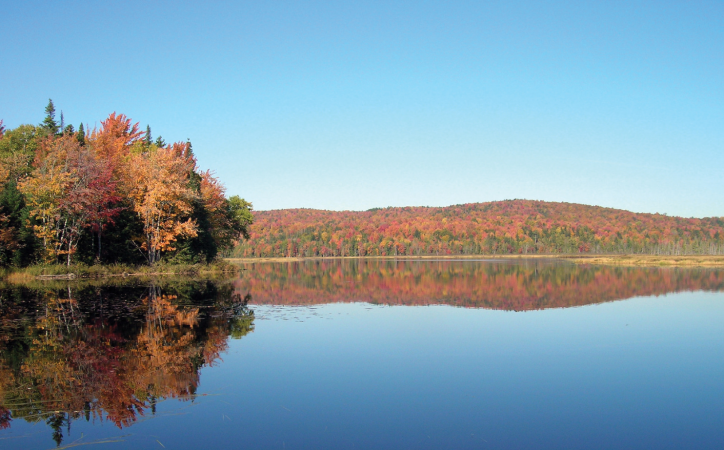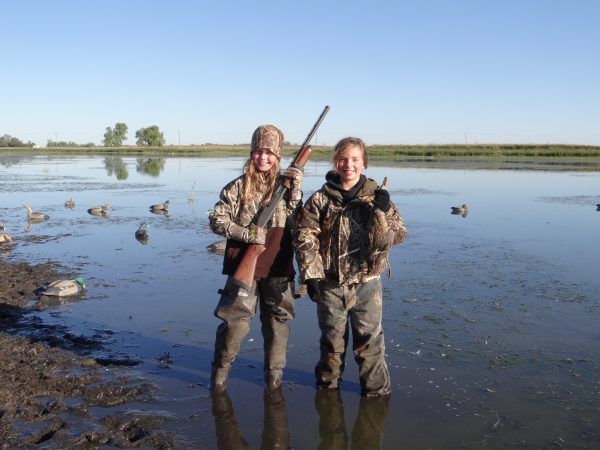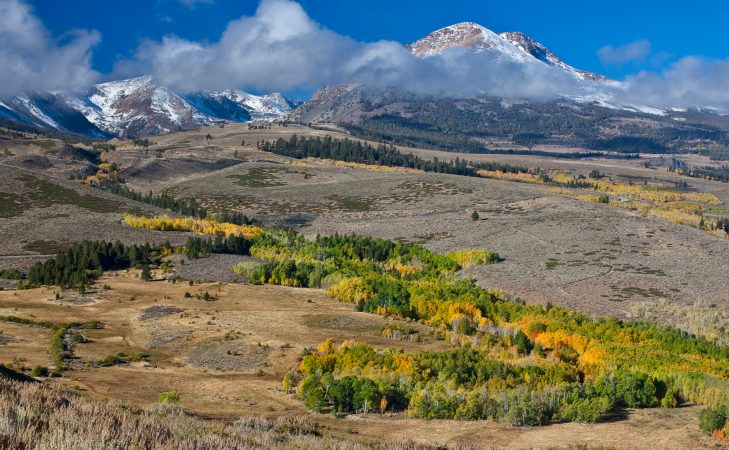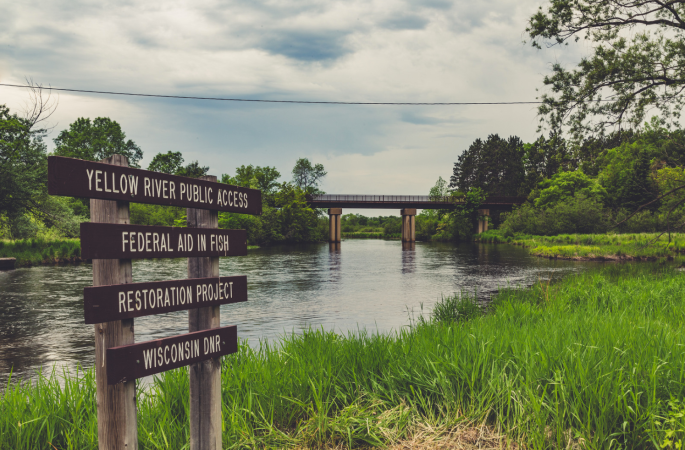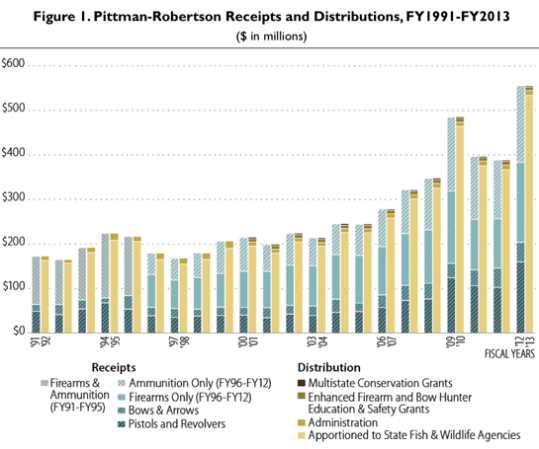The $940 billion House version of the five-year 2013 Farm Bill was defeated in a 234-195 vote on June 20 essentially because Republicans say a proposed $20.5 billion cut in food stamps over 10 years is too little and Democrats say it is too much.
Lost in the debate is the effect on the 20 agricultural conservation programs financed through Farm Bill appropriations, such as the Conservation Reserve Program (CRP), if a new bill isn’t adopted by Sept. 30, when the one-year extension of the 2008 farm bill expires.
The defeated House bill featured a significant forest-management pact between federal and state governments but also trimmed agricultural conservation spending by $6 billion and called for a 25 percent reduction in land eligible for CRP enrollment, fraying support among conservation groups.{C}
The House’s 2013 Farm Bill reduces conservation spending by $6 billion over the next five years, trims CRP’s current enrollment of 32 million acres to 24 million acres by 2018, and eliminates several programs, such as the Grasslands Reserve Program and Wildlife Habitat Incentives Program (WHIP), through consolidation.
The Senate’s version of the 2013 Farm Bill, adopted on June 10 in a 66-27 vote, varied little from the defeated House bill on conservation funding and consolidation, although its plan calls for CRP enrollment to be capped at 25 million acres by 2018.
Ducks Unlimited, the Congressional Sportsmen’s Foundation, the International Association of Fish & Wildlife Agencies, and the Land Trust Alliance were among supporters lamenting the bill’s rejection.
“America’s sportsmen, farmers and ranchers joined together in a coalition to compromise and support the 2013 Farm Bill,” Ducks Unlimited CEO Dale Hall said. “It is tremendously frustrating that the House has ignored us and failed to produce a bipartisan bill, as the Senate has done. This is a missed opportunity to do the right thing, not only for farmers and ranchers, but for America’s wildlife by standing up for the programs that play a vital role in conserving habitat.”
Both versions of the Farm Bill included a “Good Neighbor Authority” clause to allow the U.S. Forest Service to delegate forest management and improvement projects to state forestry agencies.
The clause was lauded by a wide range of forestry associations and a coalition of hunting groups spearheaded by the Boone and Crockett Club, National Wild Turkey Federation, National Shooting Sports Foundation and Rocky Mountain Elk Foundation.
“The decline in forest management is reducing early cover habitat. Consequently, game species — particularly deer and elk — are finding less forage, which creates an imbalance in the forest ecosystem,” the coalition said in a statement. “Allowing the states to assist just makes sense in our current fiscal climate.”
The National Wildlife Federation, which supported the defeated 2012 Farm Bill, but opposed this year’s House version, issued a June 23 statement describing it as “the worst (farm bill) in at least 25 years for fish and wildlife.”
“The House farm bill failed commonsense conservation standards, and it failed to get enough votes to pass,” NWF President and CEO Larry Schweiger said. “Reasonable measures to protect taxpayers and natural resources must be included a farm bill.”
For more, go to:
— House fails to pass 2013 Farm Bill
— The importance of Farm Bill policy to Ducks Unlimited
— Failed Farm Bill Bad for Taxpayers, Resources
— Farm Bill Fails In House
— How the farm bill failed
— Top Ten Reasons The Farm Bill Failed
— Farm Bill Fails for First Time in 40 Years (or Ever?)
— USDA Increases CRP Payments on Targeted Lands
— IATP’s Beyond the Farm Bill
— The 2013 Farm Bill: A Comparison of the Senate-Passed Bill (S. 954) and HouseReported Bill (H.R. 1947) with Current Law




